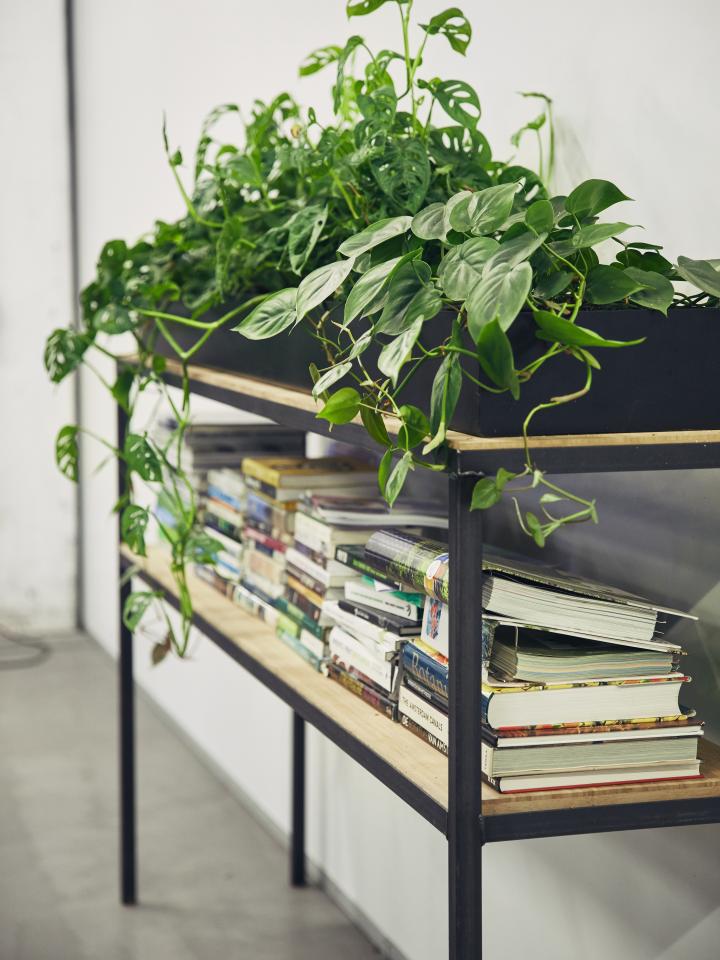Plants are fundamental
From the time of hunter-gatherers until the Industrial Revolution, people lived in harmony with nature, boasting an in-depth understanding of plants and seasons that most of us now lack. And although a large percentage of the UK population is now based in urban areas, this is a relatively recent phenomenon. It may not cross our minds every day, but people are still part of nature, and plants are fundamental to our environment and wellbeing.
In recent years it's become customary once more to see houses filled with plants in the glossy pages of interior design magazines and on our social media feeds. Our love for nature has a name: biophilia, a term coined by psychoanalyst Erich Fromm in 1973. This is the theory that humans have an fundamental inclination to seek connection with nature and other life forms. A few years after Fromm, biologist Edward O. Wilson published the book Biophilia, where he set out his theory that humans' love of nature is genetically determined, a result of evolution from our hunter-gatherer days. Alexander Bond, owner of design agency Biophilic Designs, talks more about the subject in his masterclass, where he also gives tips on how to fulfil our biophilic aspirations in the home.
Today, urbanisation and the proliferation of office jobs means that life increasingly takes place indoors (not to mention the past year of staying at home). To feel in touch with nature, we have to make a conscious effort to visit a park or make a trip to the countryside. It's perhaps inevitable that we're more and more attracted to houseplants, as a reaction to our plastic and concrete surroundings, and the mental stresses of urban living. We opt for the natural solution, transforming our homes into plant-filled paradises.

Plants bring excellence
Bringing nature into your home has a major positive impact on your mental and physical health. Plants lower blood pressure, improve productivity, ensure a better mood and improve performance at school and work. Their photosynthesis techniques also purify the air around them. And when it comes to plants, the bigger they are, the greater the positive effect they have. Simply put, plants make us feel good.
Their presence also contributes to a more aesthetically pleasing space. Plants' unusual shapes and colours will improve the look and feel of any room, much like a painting, a rug or a vase. A beautiful houseplant in a sturdy pot can be considered as special and unique as any artistic object.
Time to get designing
By understanding the psychological benefits of plants, and appreciating their aesthetic qualities, we’re more motivated to style our homes ‘plant first’. As a result, we create a healthier and more harmonious living environment, using nature as the basis for a balanced home. That’s the effect of plant design.
more plant design
Can't get enough of Plant Design? Discover more tips and tricks to deal creatively with space and plants, or learn how to turn your home office into a green oasis. Or view the Plant Design dossier for more information and masterclasses from Plant Design experts. Share your greenery with us on Instagram and Facebook with the hashtags #thejoyofplants and #plantdesign?












